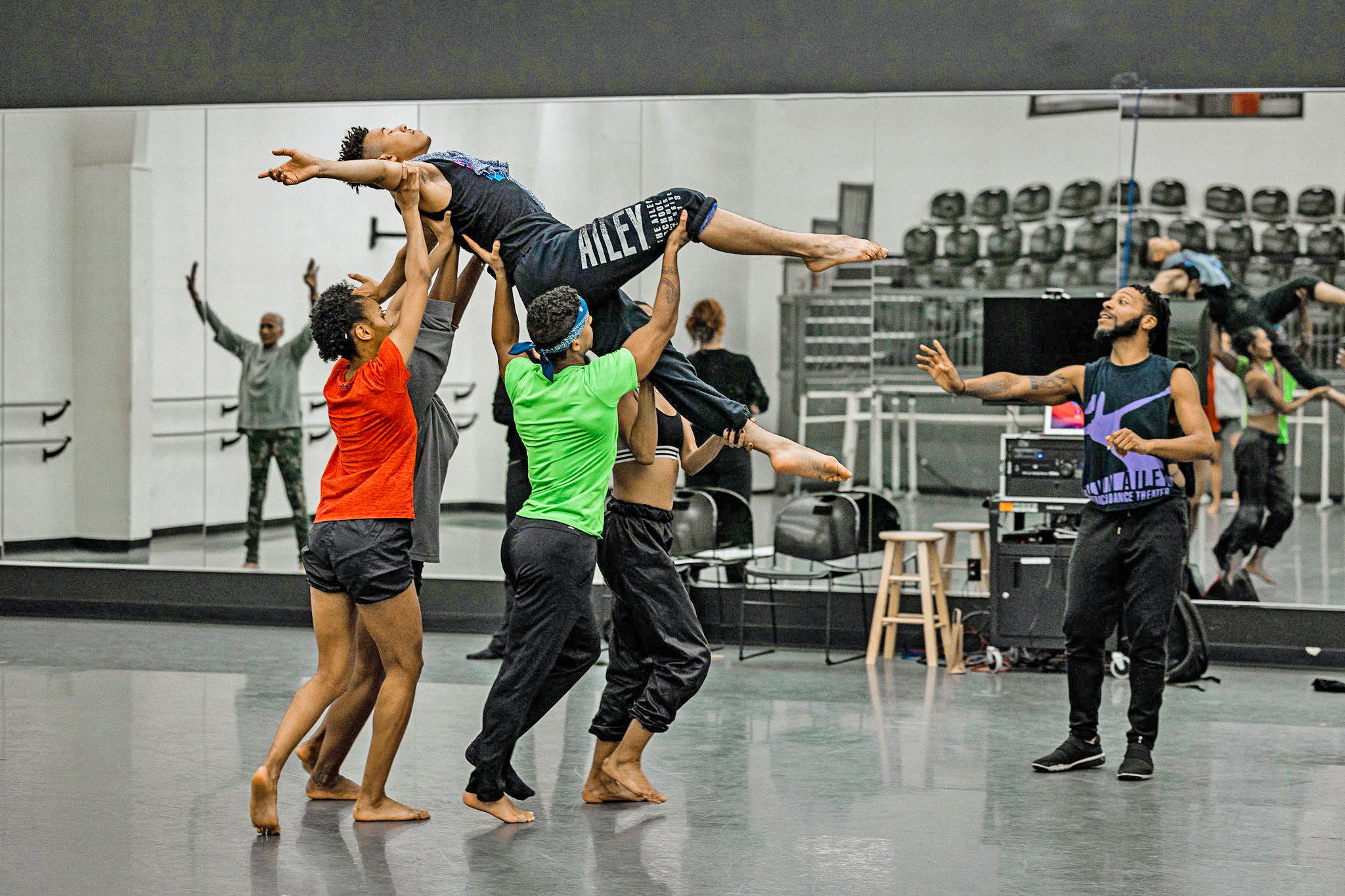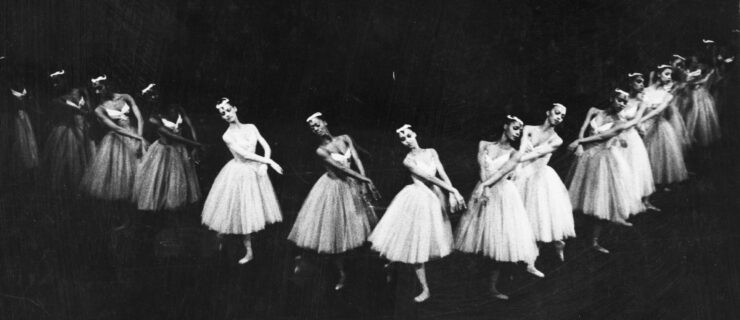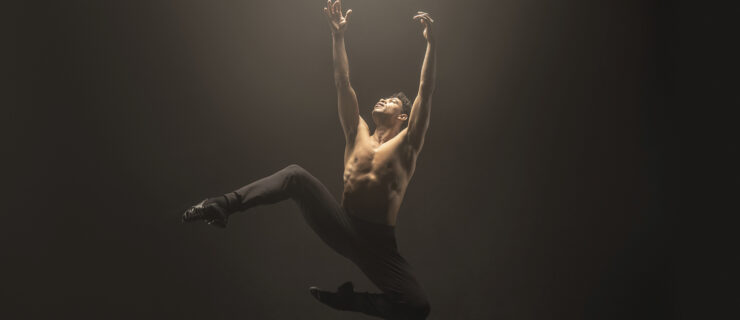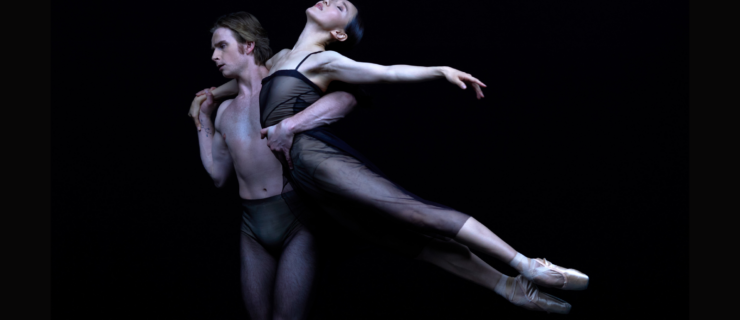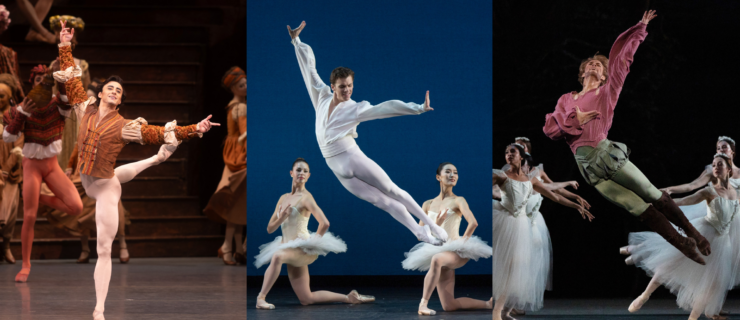History in the Making: Nashville Ballet’s Anthology Shines a Light on Untold Stories
When Nashville Ballet artistic director Paul Vasterling began working on his idea for the world premiere Anthology, an evening-length ballet featuring distinctive stories from Nashville’s history, he soon realized that the massive project he had in mind would require diverse voices and contributions from several other artists. Set to debut at the James K. Polk Theater on February 10, the artistic homage to the city’s history now incorporates work by five other choreographers: Sidra Bell, Shabaz Ujima, Windship Boyd, NB resident choreographer and dancer Mollie Sansone and fellow company dancer Aeron Buchanan.
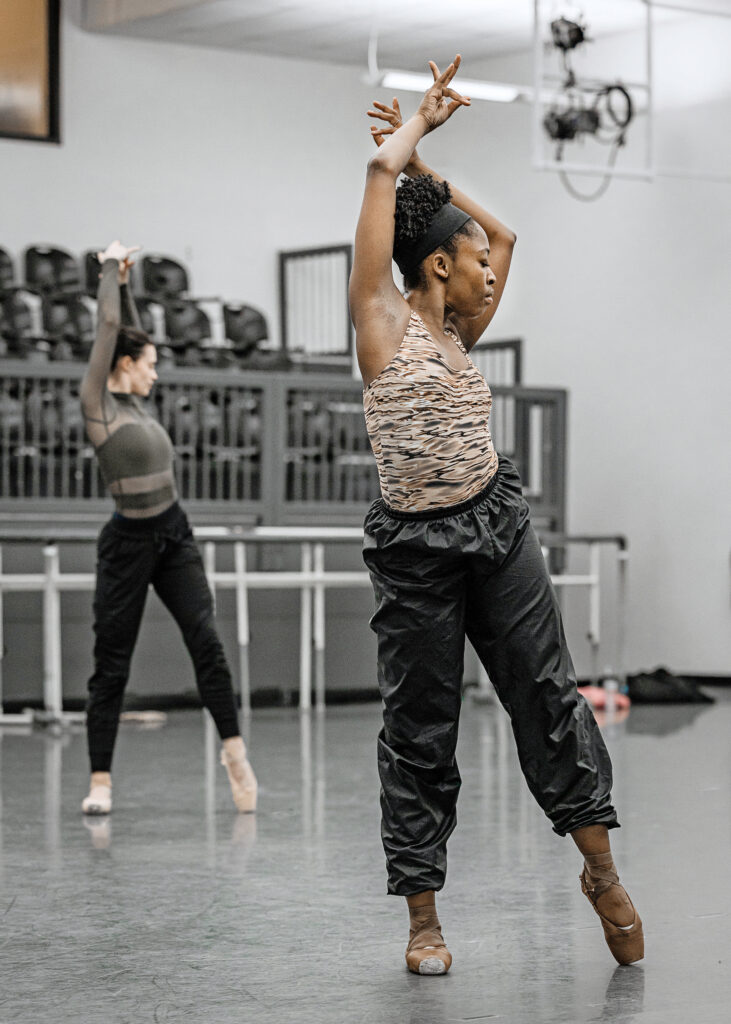
The production consists of 10 independent pieces featuring different historical figures and peoples from the city’s history. A lead character, The Living One, navigates each story with the perspective of a modern woman, led by spirits she encounters in the Nashville City Cemetery. Spanning pre-Columbian times up to the 20th century, the content ranges from ancient Indigenous communities to Fisk Jubilee Singers founder Ella Sheppard Moore, the first women of the Nashville police force, local ballet visionary Albertine Maxwell and others. The program also incorporates scores by multiple musicians and includes live music performed onstage by local singer-songwriter MORGXN. With its large-scale blending of dance, music and spoken word, audiences may find Anthology akin to Vasterling’s 2019 premiere Lucy Negro Redux. Its flavor, however, is decidedly Nashville.
Pointe spoke with Bell and Ujima to learn about the sections they’re choreographing, what they’ve gained from their research, the discussions they hope to kindle and more.
Hidden Histories
Bell, whom Vasterling invited to join the choreographic team in 2021, remarks on the ballet’s niche content. “These are peculiar stories that aren’t part of our mainstream telling of American history,” she says. “But they’re important because they’re more intimate, like hidden love.” And while Bell is not a Nashville native, she explains that her background in history (she holds a BA in the field from Yale University) and experiences as a Black woman make this project personally meaningful.
She is creating two pieces for the ballet, the first centered on Black philanthropist Lucinda Bedford, who was formerly enslaved, and the second on the ancient Mound Builders of central Tennessee. In her depiction of the former as a dynamic, multifaceted woman, Bell cast three female dancers in the principal role and has worked with composer Larissa Maestro on a score led by female vocals.
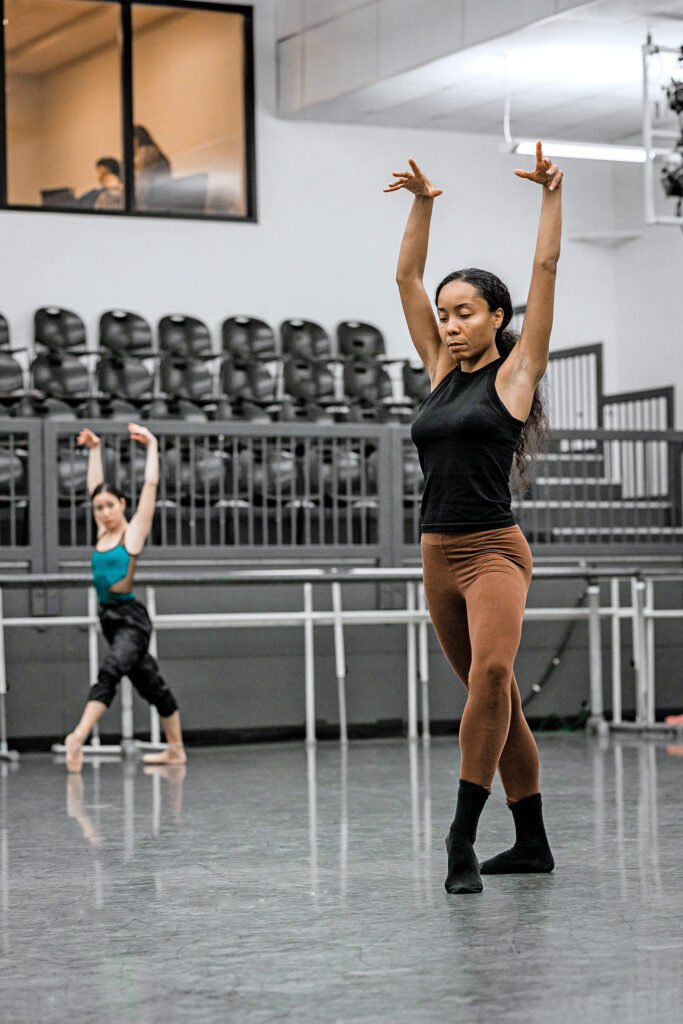
“Bedford was to me a story of survival,” she says, “and as a wealthy Black woman was an anomaly of the time. She embodied the dynamism of that Civil War era; it got me thinking about hidden histories we forget and need to be told to reckon with the past.”
Her section on the Indigenous Mound Builders is much different in look and structure, with a larger cast creating what she describes as an “oscillating landscape” in an homage to the sacred ground and how it’s evolved.
“We know much less about those ancient people and their burial practice,” she says. “I wanted to embody the changing landscape and its history—what it’s seen—and how we honor that land now.”
Faced with the challenge of bringing life to these two stories (“We had the facts, but there were gaps—what happened in between?”), Bell enjoyed leaning into her inner historian with extensive research and visits to the Tennessee State Museum, Nashville City Cemetery and Mound burial sites. These visits, she explains, helped her develop the idea of each piece’s energy and motive.
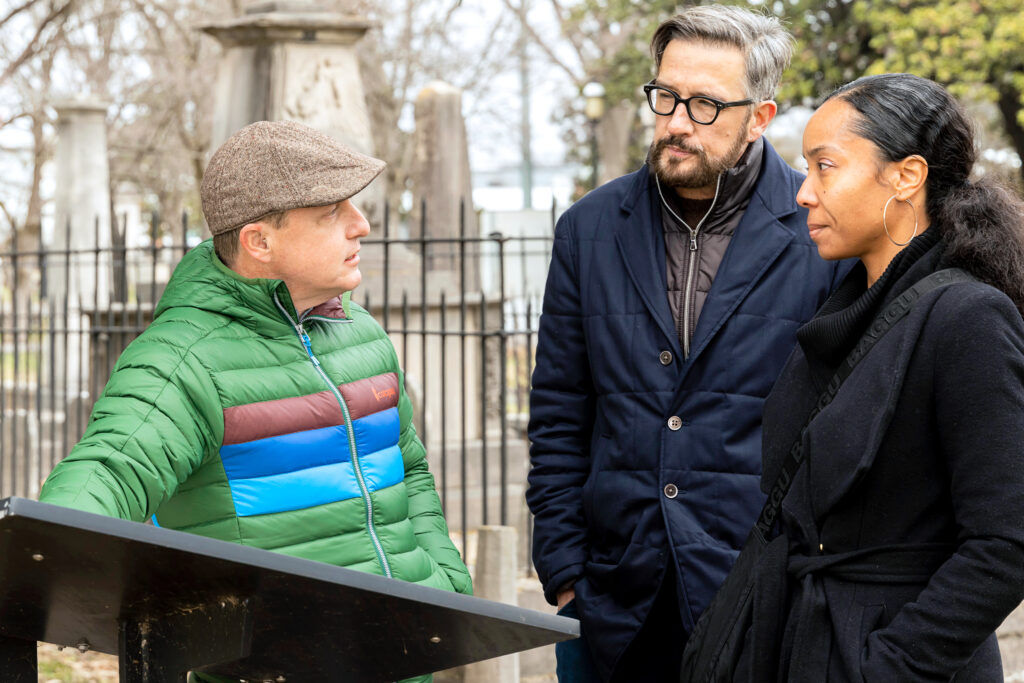
“I got a sense for the space between the facts,” she says, “and I got a lot of it from actually visiting the sites and visualizing how [these people] navigated their time[s]. I could only do that once I got here.”
Anthology as Ancestry
Ujima, founder of the local shackled feet DANCE!, teaches modern and contemporary dance at the School of Nashville Ballet. He joined the Anthology team in 2021 when Vasterling saw him in the hallway and called him into a rehearsal to help develop movement.
“He was working on a section about the ‘contraband’ people who built Fort Negley,” says Ujima, “and afterwards asked if I’d want to take it on. Once he did that, I got straight to researching.”
The fort’s story is grim; free Blacks and runaway enslaved people alike were captured and forced to construct it in 1862. “These people ran to what they hoped was freedom,” says Ujima. “It wasn’t. But one thing I wanted to do was make sure this was not a story of oppression.”
Instead, his piece focuses on elevating shared community and culture, and reunion in the afterlife. “When these people were enslaved,” he says, “their families were torn apart. For many of them, the only way to see their loved ones again was in the hereafter. Their story is a reunion of spirits.”
This in mind, Ujima worked with composer Jordan Lehning on developing an uplifting score that infuses drumming, gospel and jazz. And alongside five dancers of color from the company and NB2, his uniquely intergenerational cast includes a 74-year-old dancer and a 10-year-old student from the NB school. Ujima also plans to invite audience members to call out the names of their ancestors during the performance.
“I want the audience to see that these were people who had families, children, grandmothers,” he says. “You exist as a result of people who poured into you. Calling out their names is something important in the Black and African traditions.”
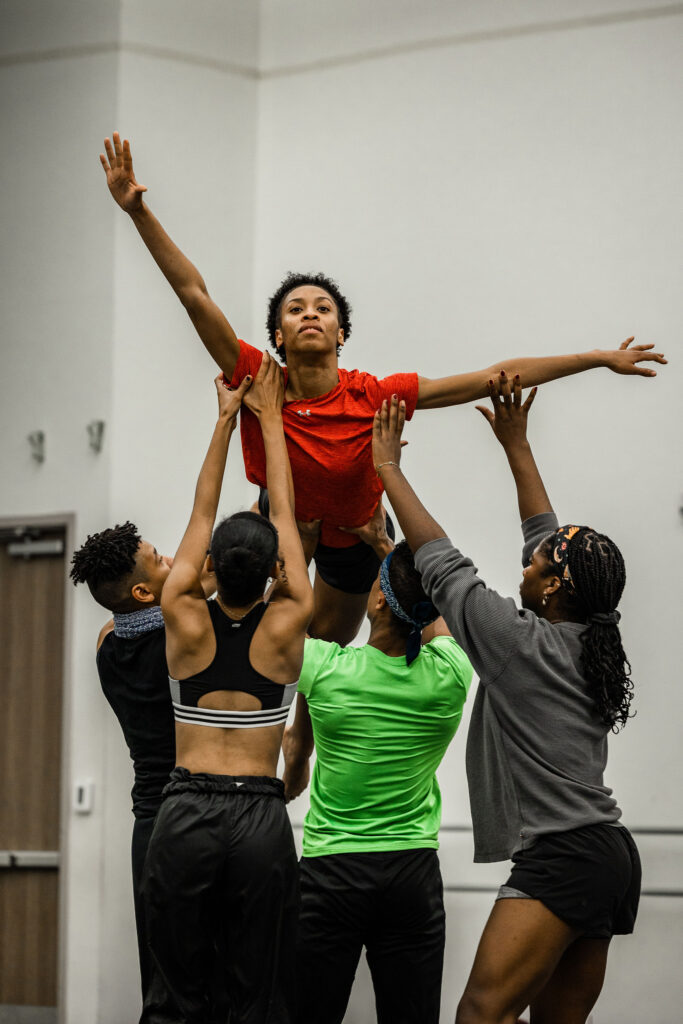
Like Bell, Ujima also participated in site visitations to gather inspiration for his choreography. He describes how seeing Fort Negley in person, touching the stones and imagining how heavy they would be, helped him create imagery for the piece.
“I would also say my blood memory was a means of my research,” he continues. “As a native Nashvillian, these people potentially could have been my direct ancestors.”
Putting It All Together
As opening night approaches, both Bell and Ujima harbor a mixture of nerves and excitement.
“It’s a huge responsibility to share these stories,” says Ujima. “But I believe we are ready to go on this journey to take the audience with us.”
Bell concurs. “I have a lot of gratitude,” she says. “We need more works like these happening in ballet companies. I imagine it’s like a quilt with all these creative voices and the stories they’re telling. It makes me restored and excited about the future—thinking about how we ended up here, and how to move forward without forgetting the past.”
